Do you ever say to yourself when you enter a track: “oh no one left-handed“. This is the game unpredictable of this sport. To what type of player will I have to confront myself in the right diagonal, how should I play it?
So that it is as clear as possible for ordinary mortals, we will see together what are the natural shots for a right-hander and a left-hander at the bottom of the track. Once you understand what is easiest for them, you will also understand what is most difficult for them.
Direct hits
In this case, we are talking about forehand and backhand hits directly, without rebounding on the windows. A right-hander will play their forehand close to the side window. The natural orientation will lead him to play crosswise, with a ball that will tend to bounce on the grid or on the first side window.
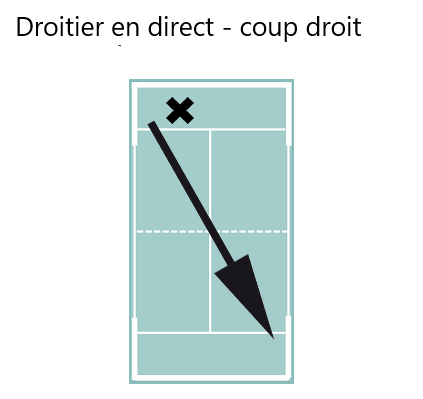
For the left-hander it will be a backhand and this angle will not be so natural. For him it will be rather the center which will be easier to find.
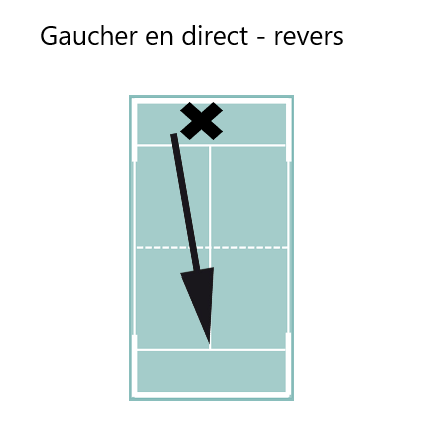
Now let's move on to the left-handed forehand. The ball will come to the center of the track and of course he can search along the line, playing on the player in front of him. The concern is that by playing this way either this player will seek the winning move or he will consciously seek to change the diagonal. But if he wants to stay on his diagonal, the most natural thing will be to look for the center.
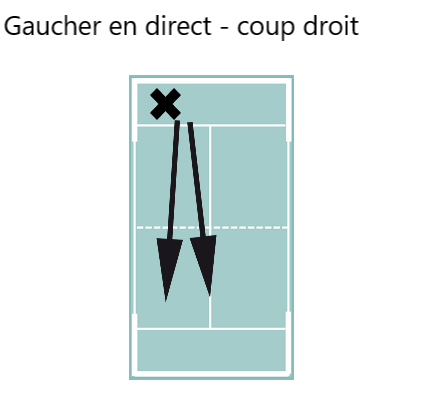
For the right-hander, the ball in the center will be a backhand which will naturally go either on the diagonal volleyball player to force him to volley, or more towards the center of the court to cause confusion.
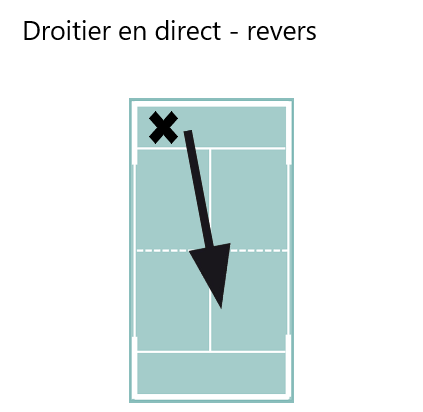
Out of the window
Using the windows often allows you to give yourself more time and to change the natural directions of the blows.
Let's start with a right-hander who would have to play a forehand window exit. Here it's quite special because the players can stay in open support and therefore face the track to make this shot. Less difficulty therefore to get the ball out than for a left-hander, naturally the right-hander will seek the center with a forehand.
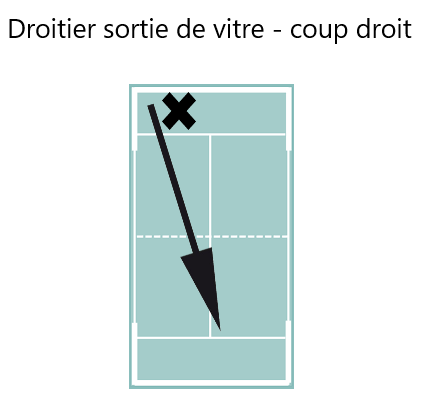
On the other hand it will be different. The right-hander can look for the diagonal towards the grid with a chiquita followed at the net which will put pressure.
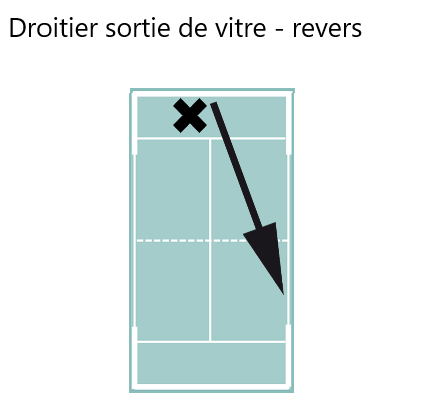
Left-handers will play their forehand out of the window from the center. For them it will be more natural to also go towards the center whereas with their backhand they will lock themselves in the corner and will have to rather play parallel, along the line or at least on the player in front of them.
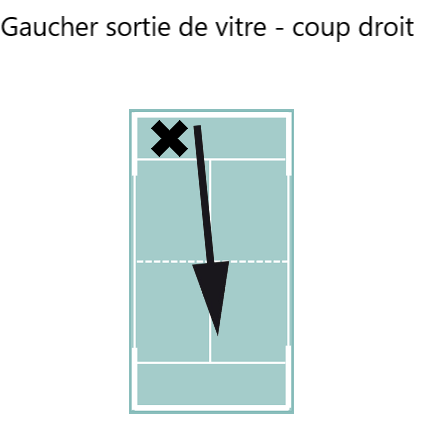
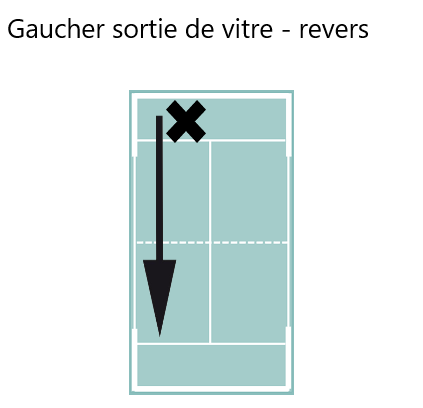
The natural is the basis
And yes, understanding how to play naturally reduces the number of unforced errors so think about it when defending but especially think about it when attacking because that way you can anticipate your opponents' shots.
You understood the theory, now keep in mind that according to the rebounds of the balls, the moment of the match and the state of mind of each, these directions of play can be modified. So start with a simple analysis base at the start of the game and adapt it according to the players you have against you. Let's go!
Julien Bondia is a teacher of padel in Tenerife (Spain). Columnist and advisor, he helps you play better through his tutorials and tactical/technical articles padel.




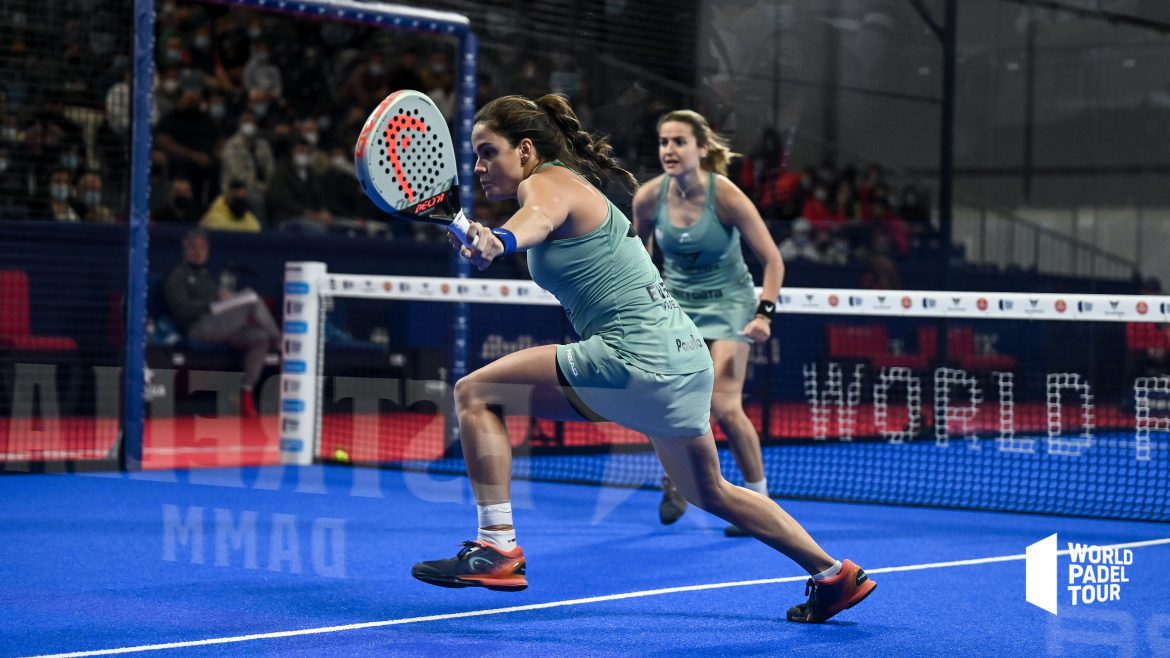
















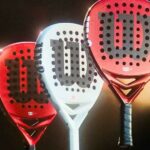















































































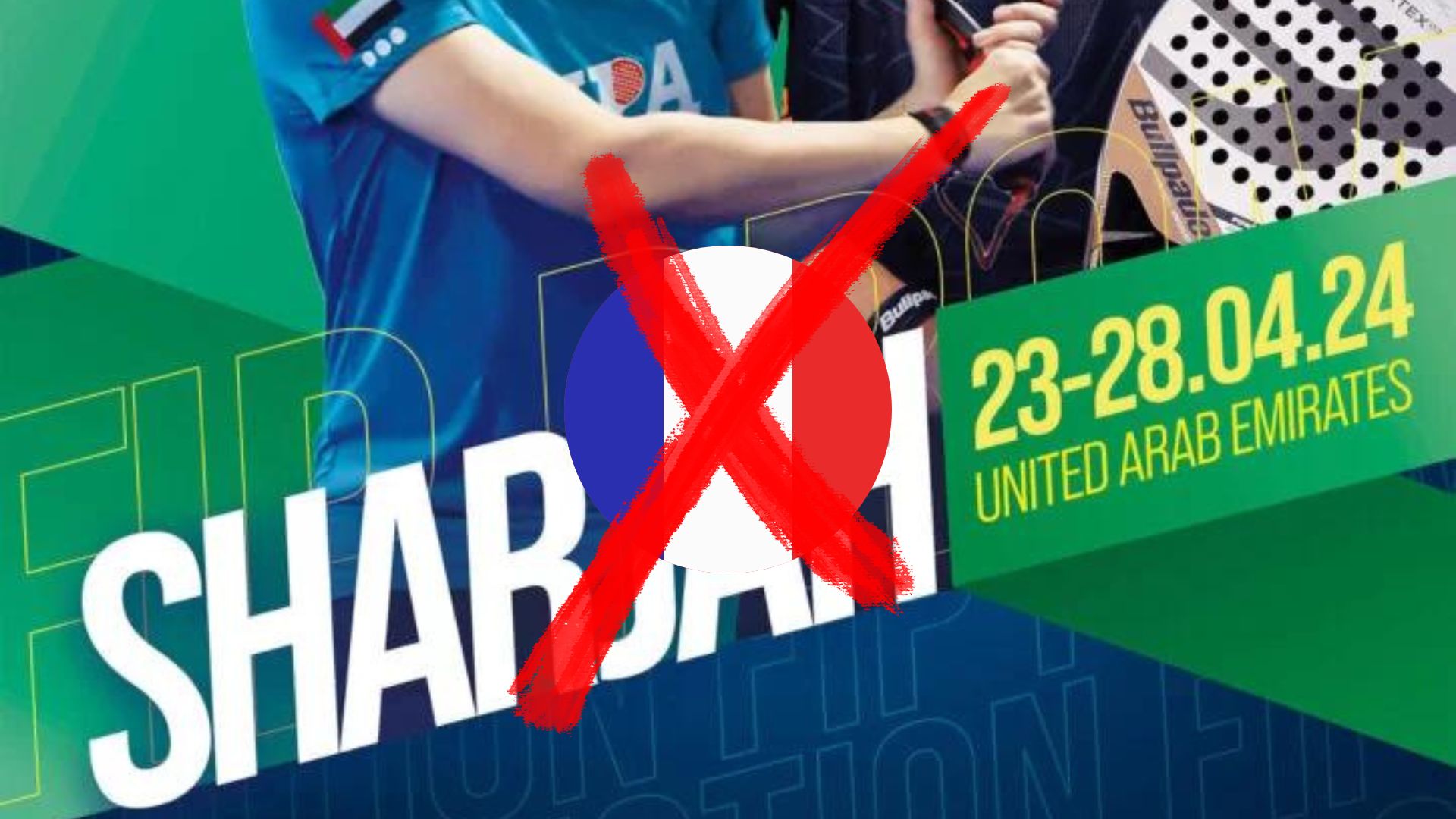 FIP Promotion Sharjah – More French people in the United Arab Emirates
FIP Promotion Sharjah – More French people in the United Arab Emirates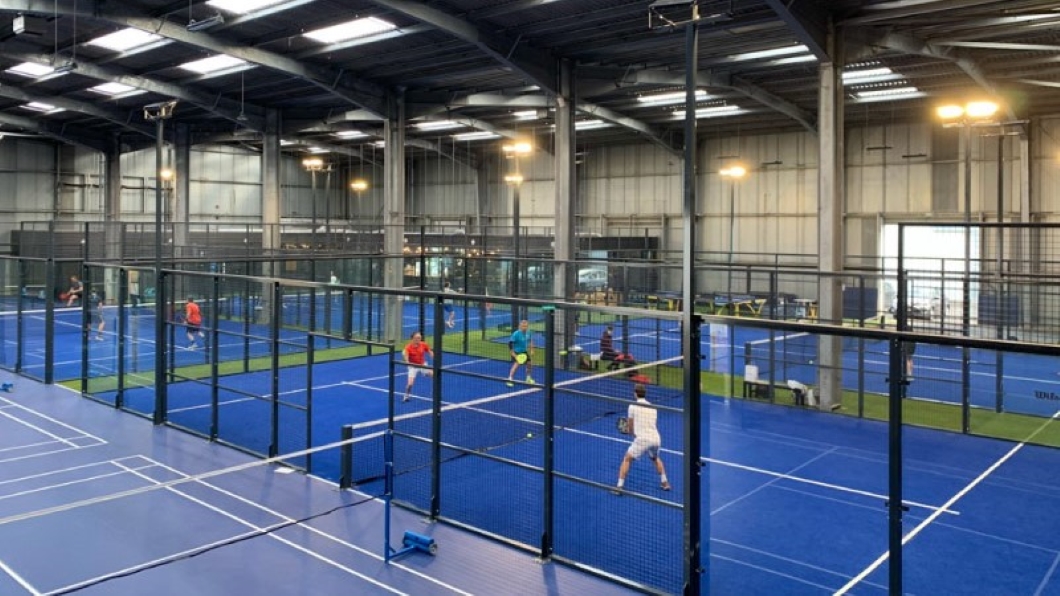 P1000 PadelShot Saint-Étienne – Follow the surprise poster Vincent/Hugounenq – Couturier/Benmergui live
P1000 PadelShot Saint-Étienne – Follow the surprise poster Vincent/Hugounenq – Couturier/Benmergui live Premier Padel Brussels P2 – Juan Lebron and Ale Galan together in Belgium?
Premier Padel Brussels P2 – Juan Lebron and Ale Galan together in Belgium?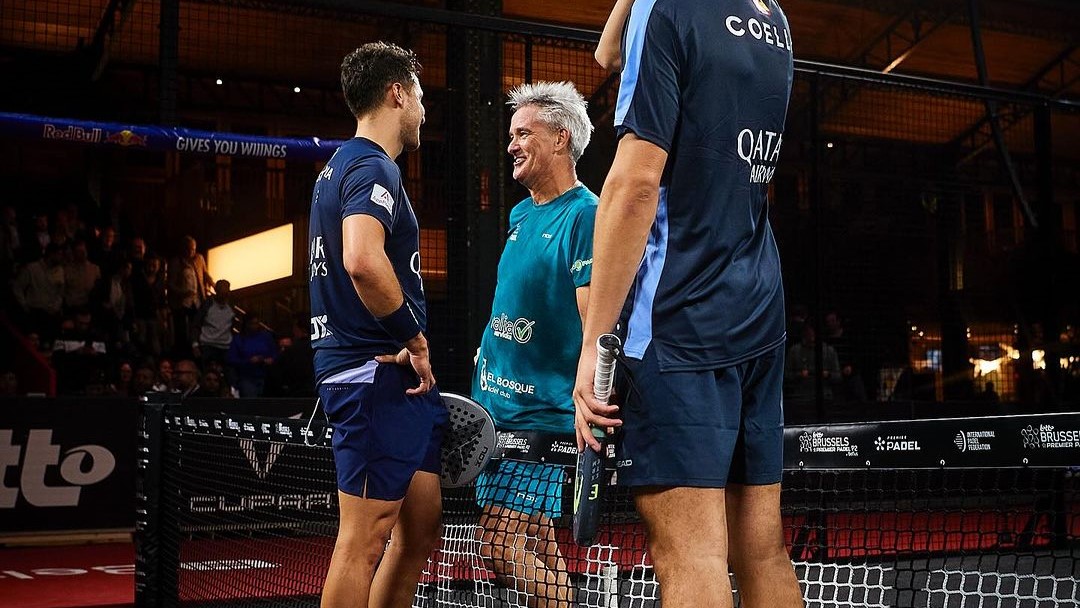 Agustin Tapia salutes the longevity of Miguel Lamperti
Agustin Tapia salutes the longevity of Miguel Lamperti Guillaume Codron de Sud Padel : “A family project”
Guillaume Codron de Sud Padel : “A family project” Nallé Grinda: “Democratize the padel in the USA with PadelX "
Nallé Grinda: “Democratize the padel in the USA with PadelX " Simon Boissé: “We know that there are two nations in front of us”
Simon Boissé: “We know that there are two nations in front of us” Marie Maligo: “This period of frequent changes of partners was beneficial for me”
Marie Maligo: “This period of frequent changes of partners was beneficial for me”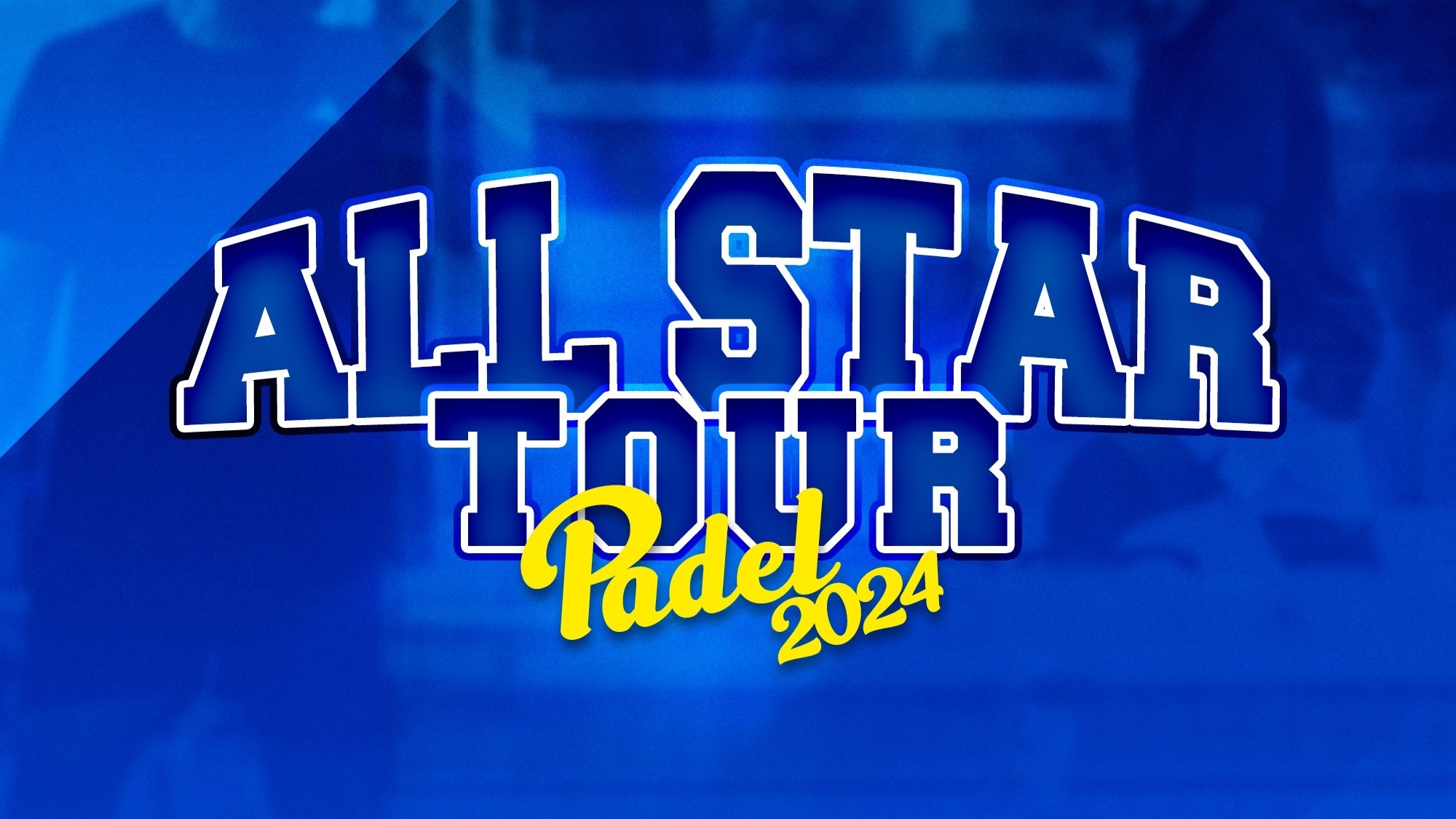 The All Star Tour returns on May 16 at the All In in Lyon
The All Star Tour returns on May 16 at the All In in Lyon D-7 of the “BetClic Remontada Padel”, at the foot of the Eiffel Tower
D-7 of the “BetClic Remontada Padel”, at the foot of the Eiffel Tower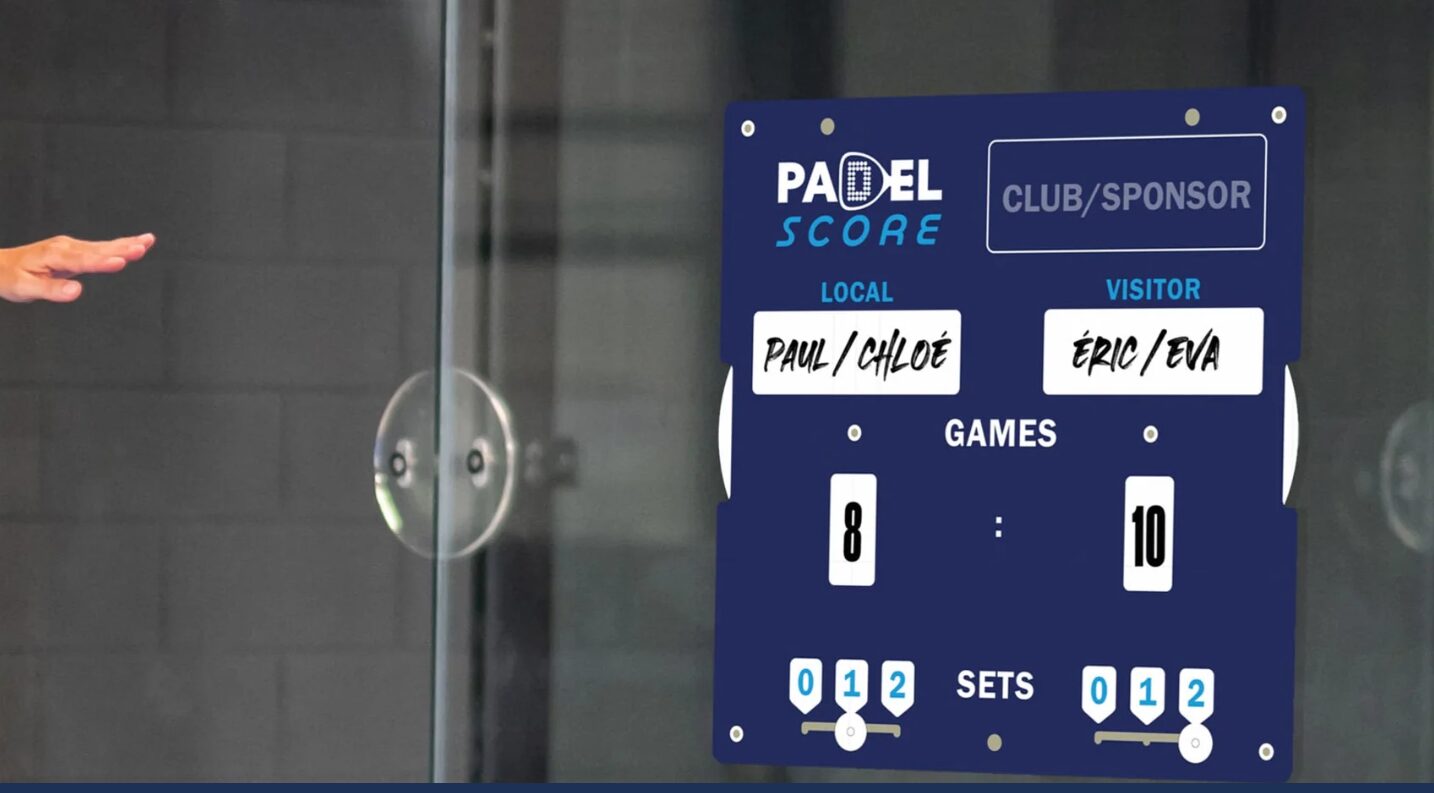 Padel Score: an essential table for keeping score
Padel Score: an essential table for keeping score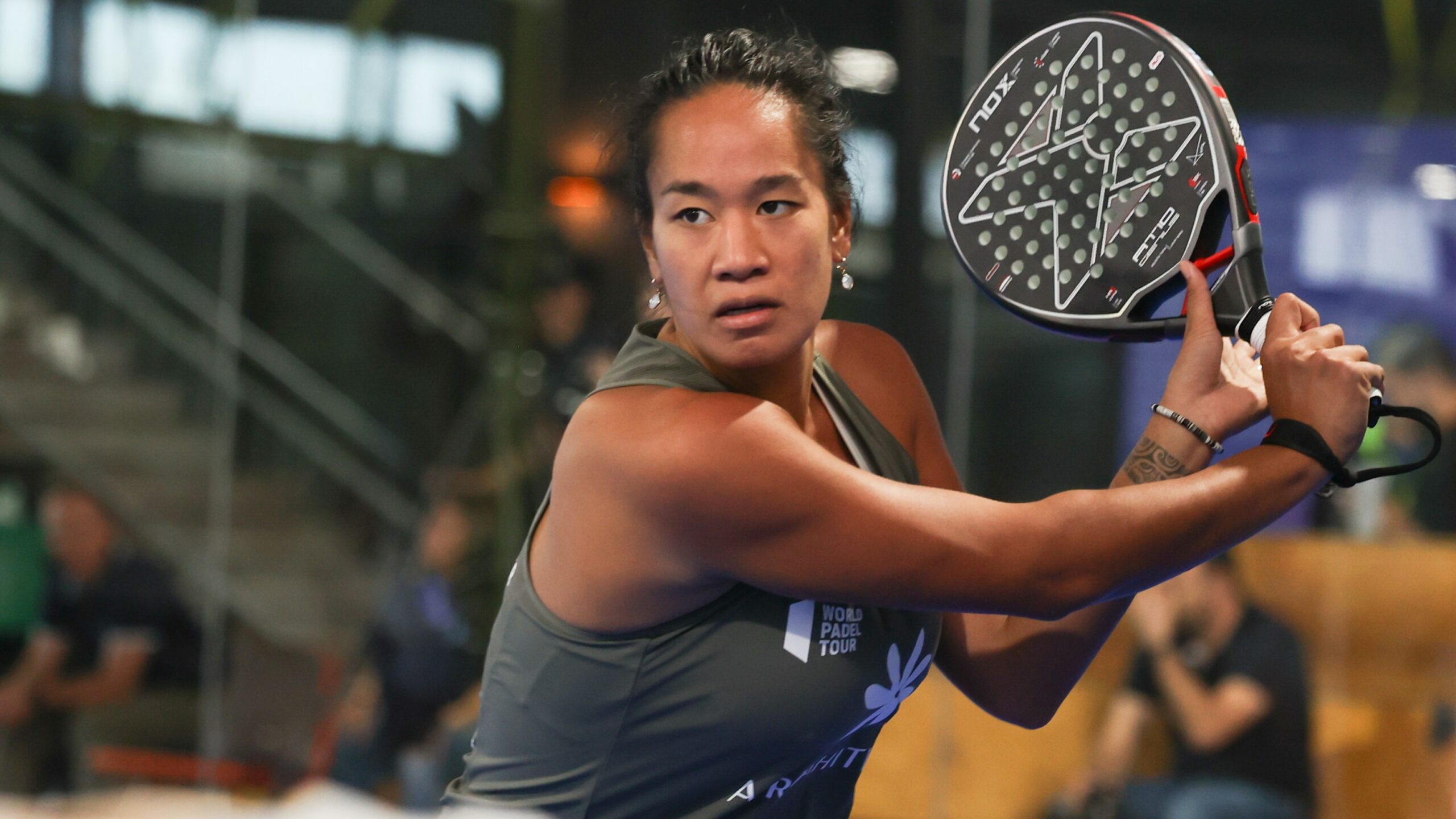 Léa Godallier makes her big return to the slopes this weekend
Léa Godallier makes her big return to the slopes this weekend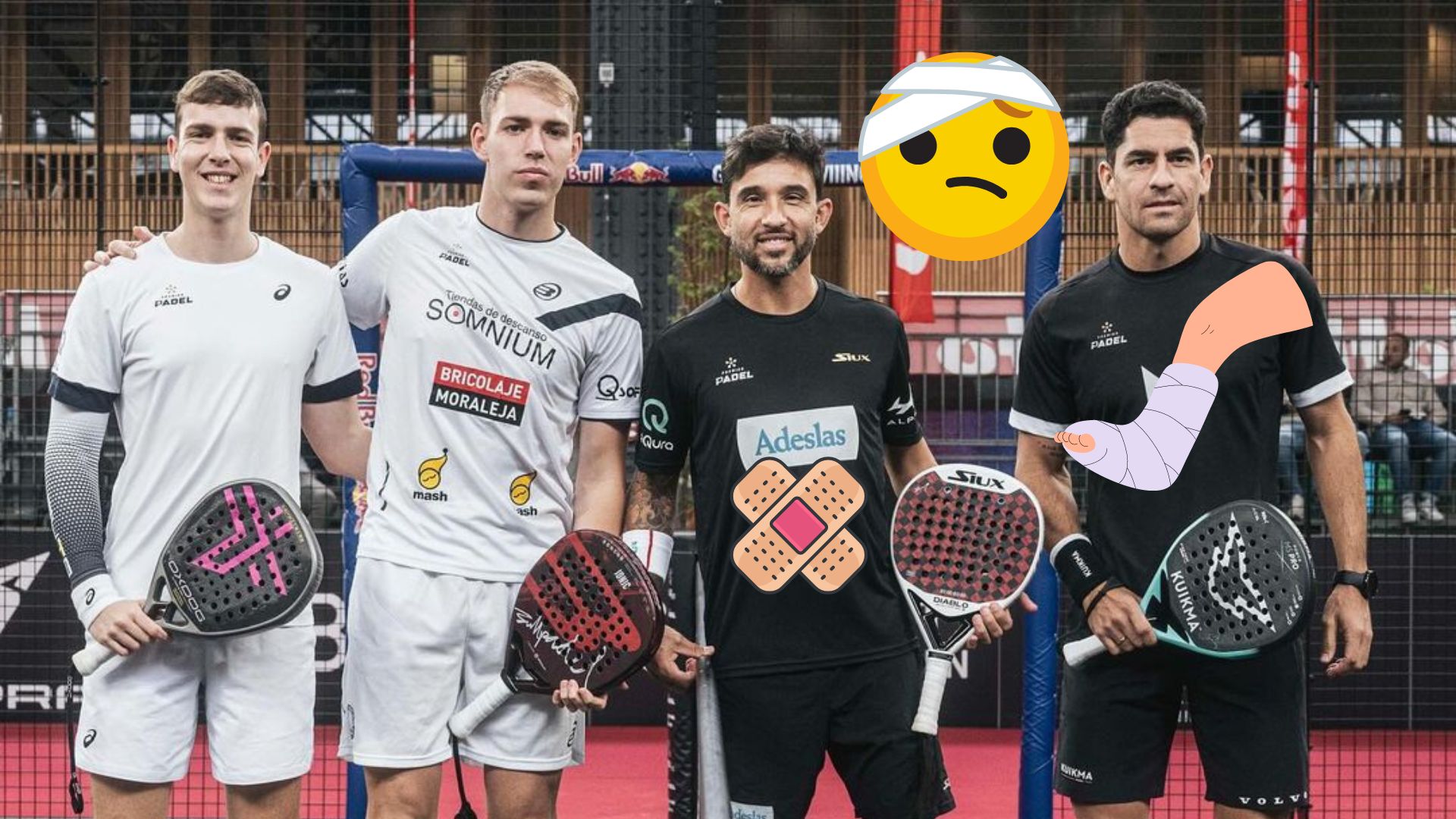 Unusual – Sanyo Gutierrez and Maxi Sanchez suffered in Brussels
Unusual – Sanyo Gutierrez and Maxi Sanchez suffered in Brussels José Manuel Escin at the inauguration of Casa Padel DOS: “Finally, and thank you!”
José Manuel Escin at the inauguration of Casa Padel DOS: “Finally, and thank you!” Padel Score comes to Tahiti for American Express Padel Cup!
Padel Score comes to Tahiti for American Express Padel Cup! Do you know the Rafa Nadal Academy Tour?
Do you know the Rafa Nadal Academy Tour? Play at padel on his yacht? Possible for €233.000!
Play at padel on his yacht? Possible for €233.000!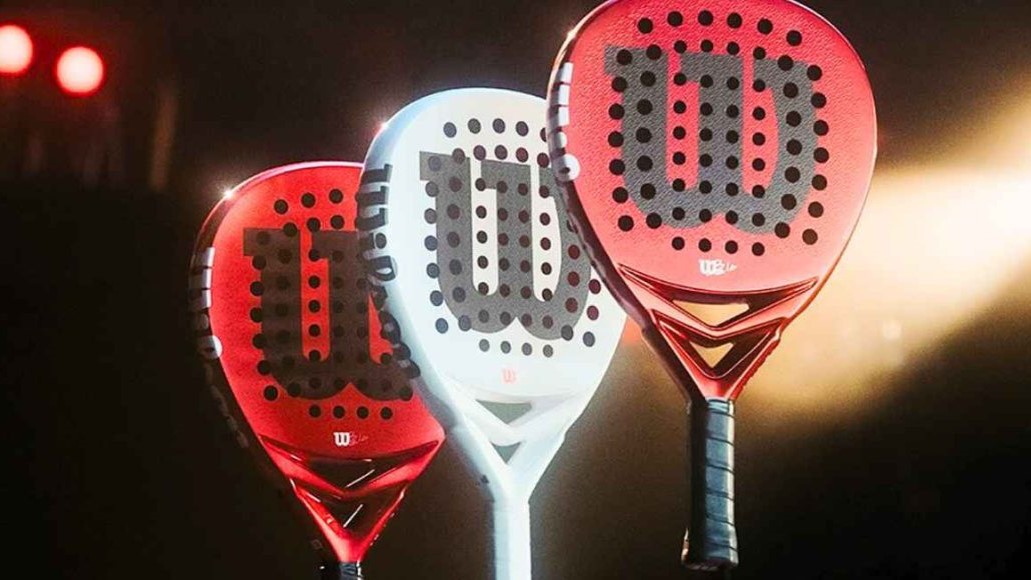 Presentation of the Wilson Bela V2.5 collection
Presentation of the Wilson Bela V2.5 collection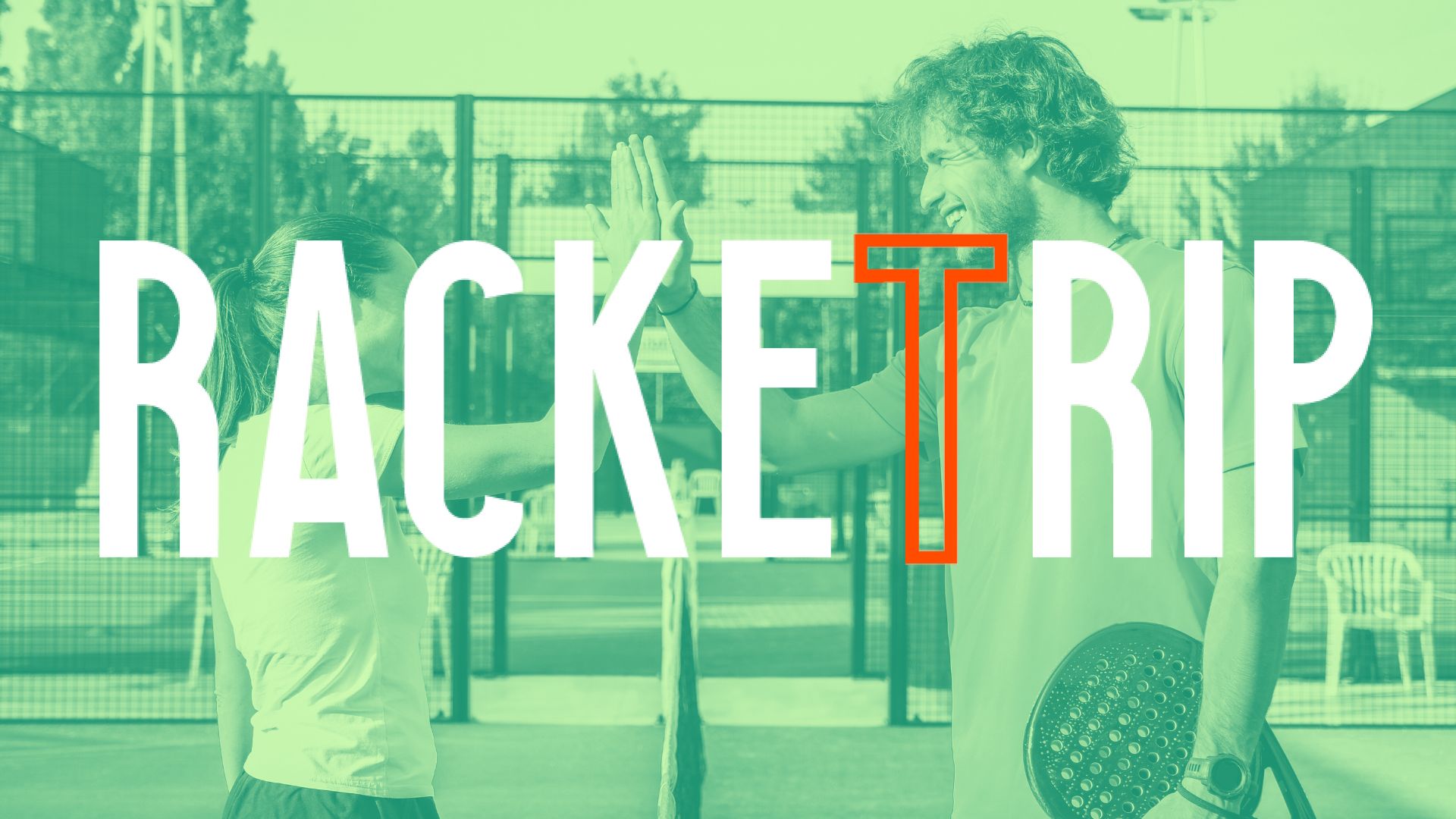 The LinkedIn of racquet sports: Racket Trip
The LinkedIn of racquet sports: Racket Trip The score at padel : manual
The score at padel : manual Our Top 10 training courses padel in France and Europe
Our Top 10 training courses padel in France and Europe At the heart of padel – Episode 25: Paul and Andoni answer your questions
At the heart of padel – Episode 25: Paul and Andoni answer your questions At the heart of padel – Episode 23: defend the window well
At the heart of padel – Episode 23: defend the window well Prohibition on playing topless Padel : the reasons
Prohibition on playing topless Padel : the reasons FIP Tour – Going far from Europe, THE strategy to earn points!
FIP Tour – Going far from Europe, THE strategy to earn points! What is a good football player? padel ?
What is a good football player? padel ? “Lefties give me headaches when I play against them!”
“Lefties give me headaches when I play against them!” At the heart of padel – Episode 14: how to earn points in winter?
At the heart of padel – Episode 14: how to earn points in winter? The basic tactics of padel
The basic tactics of padel A par 4 is always a winner...even if you manage to defend it!
A par 4 is always a winner...even if you manage to defend it! Carbon fiber VS fiberglass: what to choose?
Carbon fiber VS fiberglass: what to choose? How to effectively test a racket padel ?
How to effectively test a racket padel ? La padel to fight Parkinson's disease
La padel to fight Parkinson's disease Don't play with a cracked or broken racket, your body will thank you!
Don't play with a cracked or broken racket, your body will thank you! Michel Cymes: “The padel, physically, it’s serious!”
Michel Cymes: “The padel, physically, it’s serious!” Jeremy Gala: “Promote the padel among young people in Belgium remains a challenge”
Jeremy Gala: “Promote the padel among young people in Belgium remains a challenge” The French Touch Academy organizes its selection day Padel-Study
The French Touch Academy organizes its selection day Padel-Study Report on the detection and training of younger generations
Report on the detection and training of younger generations